Sign up to coaching with Thrive
Use our Thrive platform to get in-depth, on-going coaching support from our specialist support team. We can help you gain control of your situation to live the best life you can.

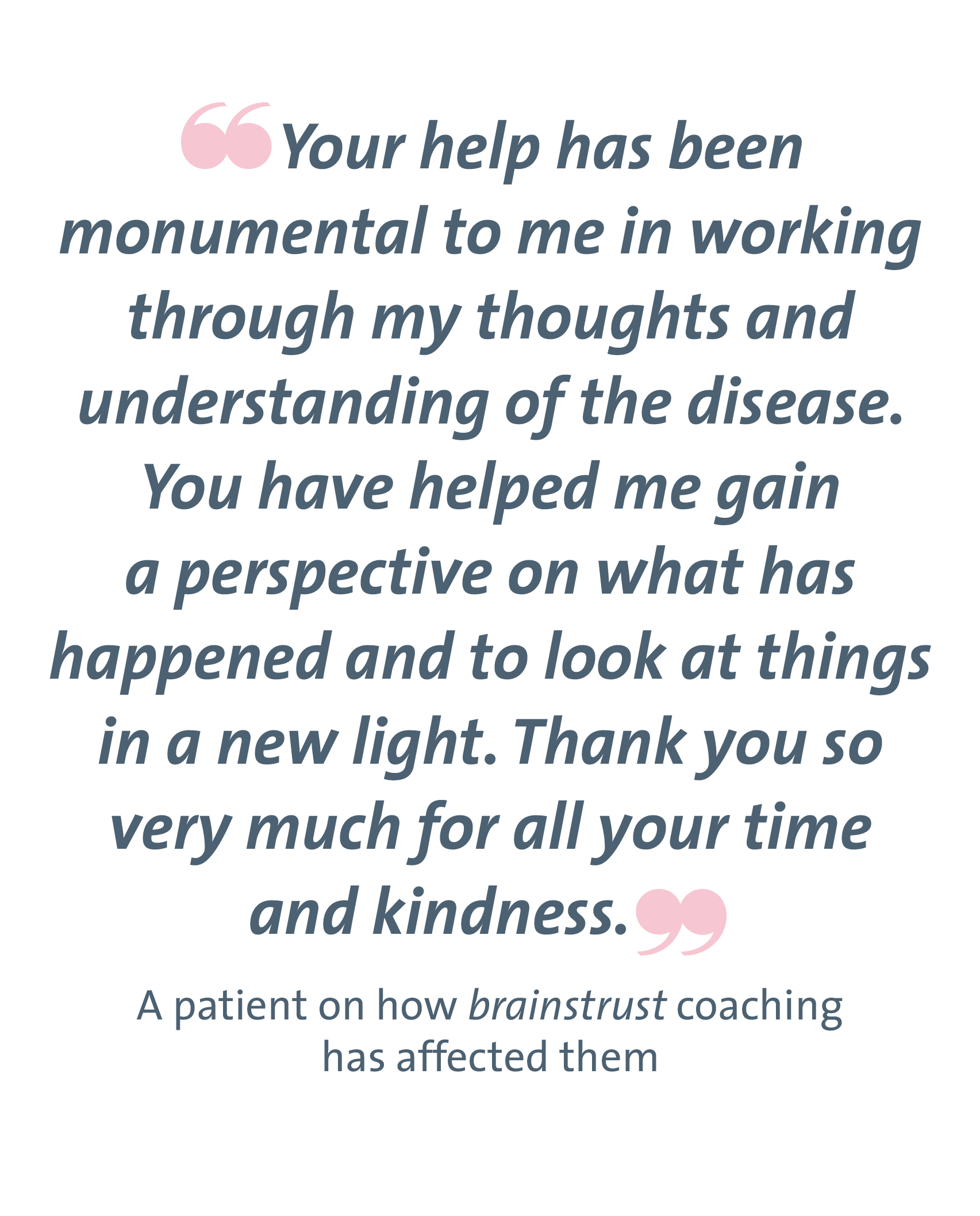
What is Coaching?
Coaching begins with questions; we ask you what you need and what you want to achieve. It’s about collaborating with you, listening to you actively, and helping you build up a toolkit of skills to achieve your goals. With coaching, you focus on specific, definable issues with the intention of creating practical solutions that work for you.
Why Coaching?
There is clear evidence to show that coaching works. It’s a great way to empower yourself with a practical toolkit to start moving forward with control and positivity.
Coaching is not a substitute for our 24 hour helpline. We are always going to be at the end of the phone for you when you are experiencing a crisis. Coaching is there to deepen our service, allowing you to move past the point of crisis and create a structured pathway towards feeling in control of your situation.
It is also not the same as counselling. Counselling tends to have broader focus on exploring and understanding feelings. It can be challenging, unearthing and confronting very painful feelings with a view to using this to make positive changes. Coaching is suited to more focused and specific scenarios, rather than a deep dive into broader feelings and experiences.
Why Thrive?
Thrive enables you to build up structure and direction with the support you receive. The platform allows you to choose when the sessions take place and what they focus on, this means you can see a clear pathway to reaching your goals. As a video platform, you also get to see your support specialist during the sessions, so you feel as connected as possible with your coaching journey.
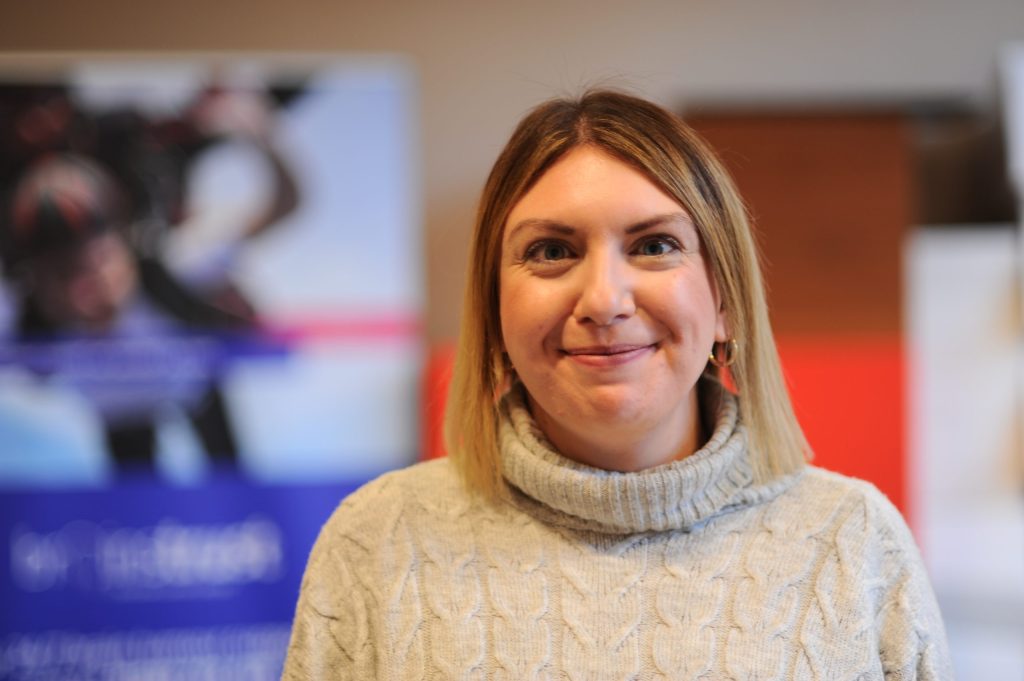
Meet Jodie, Head of Support
As well as her role as the Head of Support, Jodie also ensures that the information we use in our support enables our community to feel resourced, informed, and more in control of their diagnosis.
Knowing who to speak to and how to access support is so important when you are diagnosed with a brain tumour. The most important thing to me in my role is that people know they don’t have to face this alone.
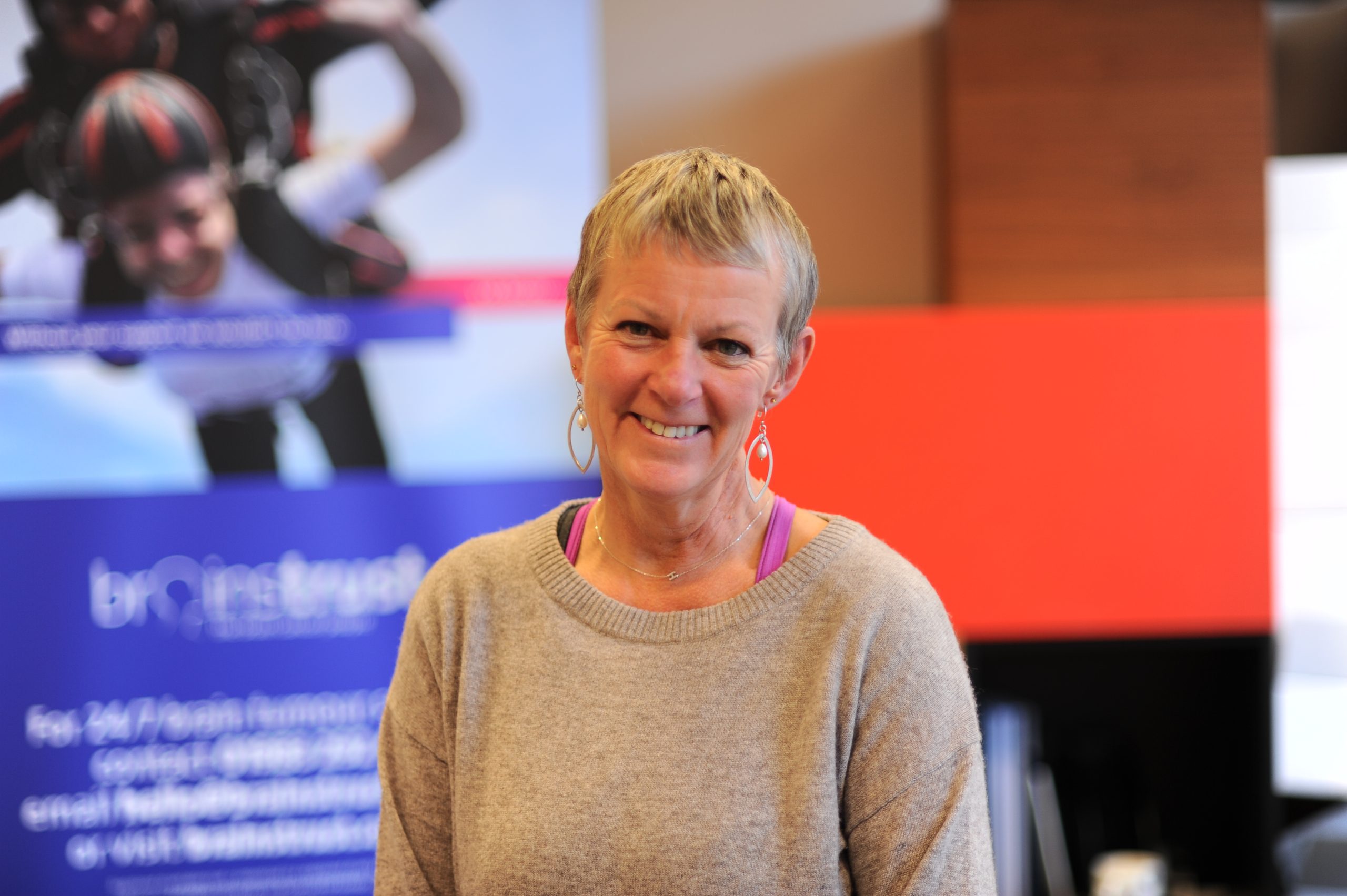
Meet Helen, Director of Services and Policy
Helen has experienced cancer from a caregiver and patient perspective. This 360 degree view means that she is well placed to understand the perspectives of anyone who is living with cancer.
“My goal is for anyone who is living with a brain tumour to live their best life everyday.”
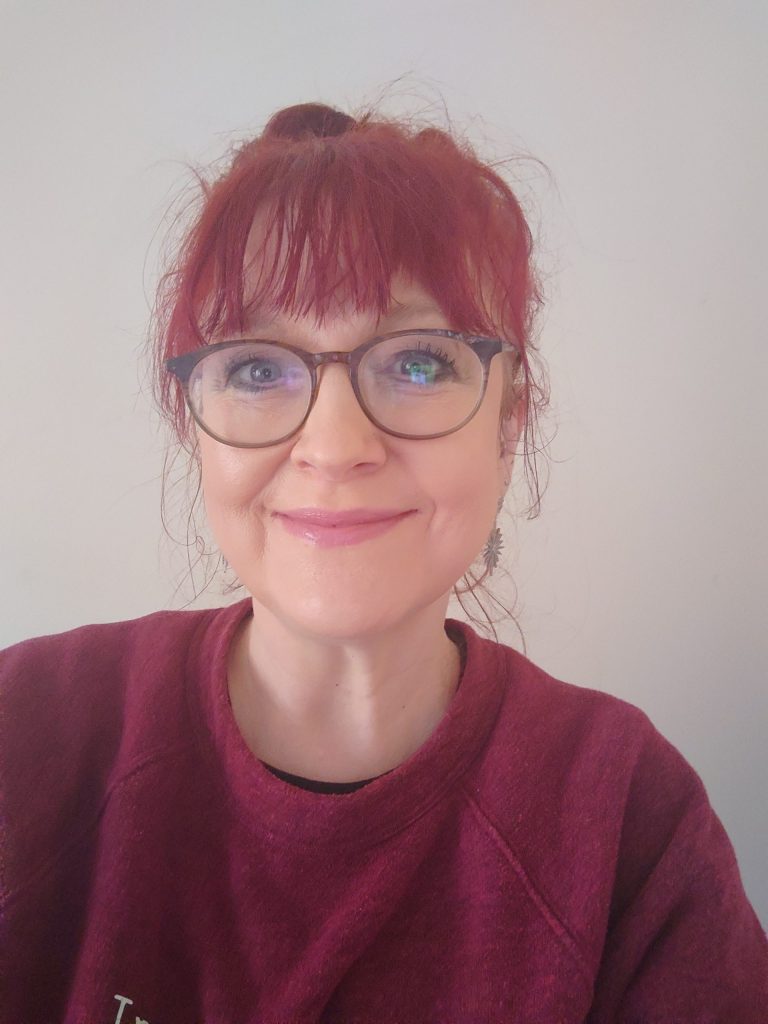
Meet Carol, Support Specialist for high grade tumours
Hi I’m Carol and I support patients and their families diagnosed with a high grade tumour. I’m passionate about coaching patients and caregivers to ensure that they feel resourced, supported and in control to make the best decisions that work for them personally. Having been a caregiver I think it gives me the understanding of the challenges faced. I love the brainstrust ethos of thriving, not surviving and feel braintrust’s coaching, resources and support allow patients and their families to receive brainstrust’s unique, bespoke support service.
“It’s important for our community to be supported and resourced on their brain tumour journey. We have so many resources that it is good to work with patients and caregivers to ensure they can pick out which of our resources and support works best for them so that we can offer them a bespoke support service.”
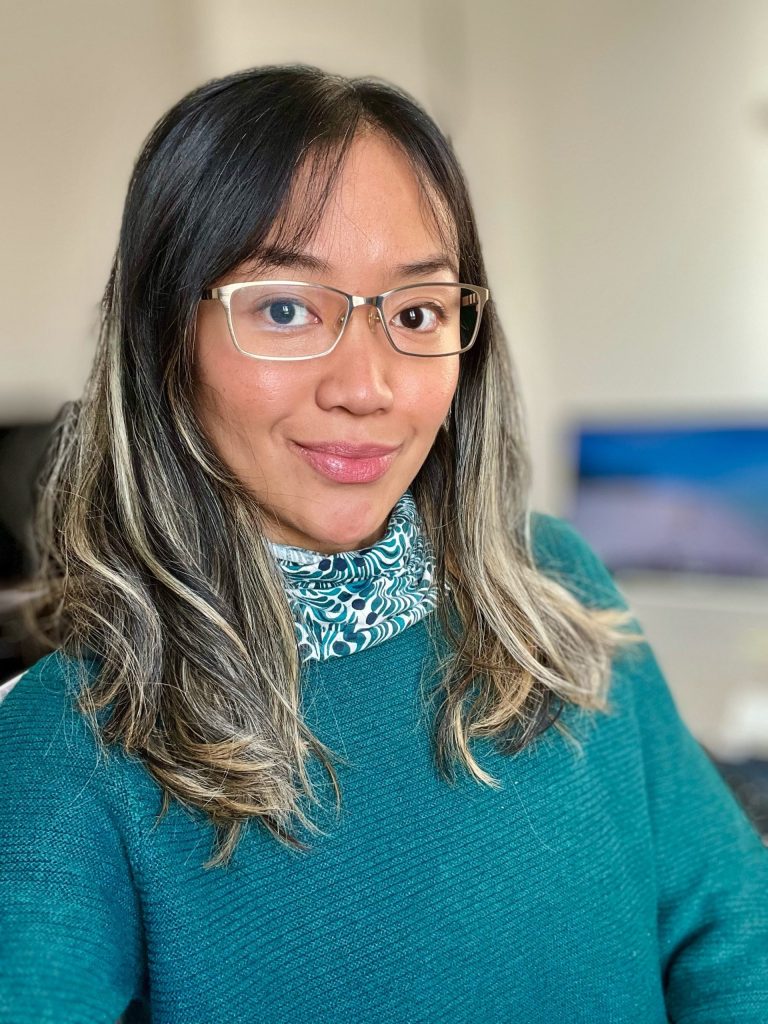
Meet Mariel, Support Specialist for low grade gliomas
Mariel is a former NHS nurse with a background in neurology, and she is dedicated to supporting and coaching individuals impacted by a low-grade glioma diagnosis. Whether you’re just beginning your journey or navigating ongoing challenges, Mariel’s coaching approach is designed to make you feel on top of things.
“I’m passionate about supporting people. At brainstrust, I can blend my patient centric approach with modern technology platforms, ensuring everyone can access our services. Patients with brain tumours and their families should never have to feel alone, no matter where they are. “
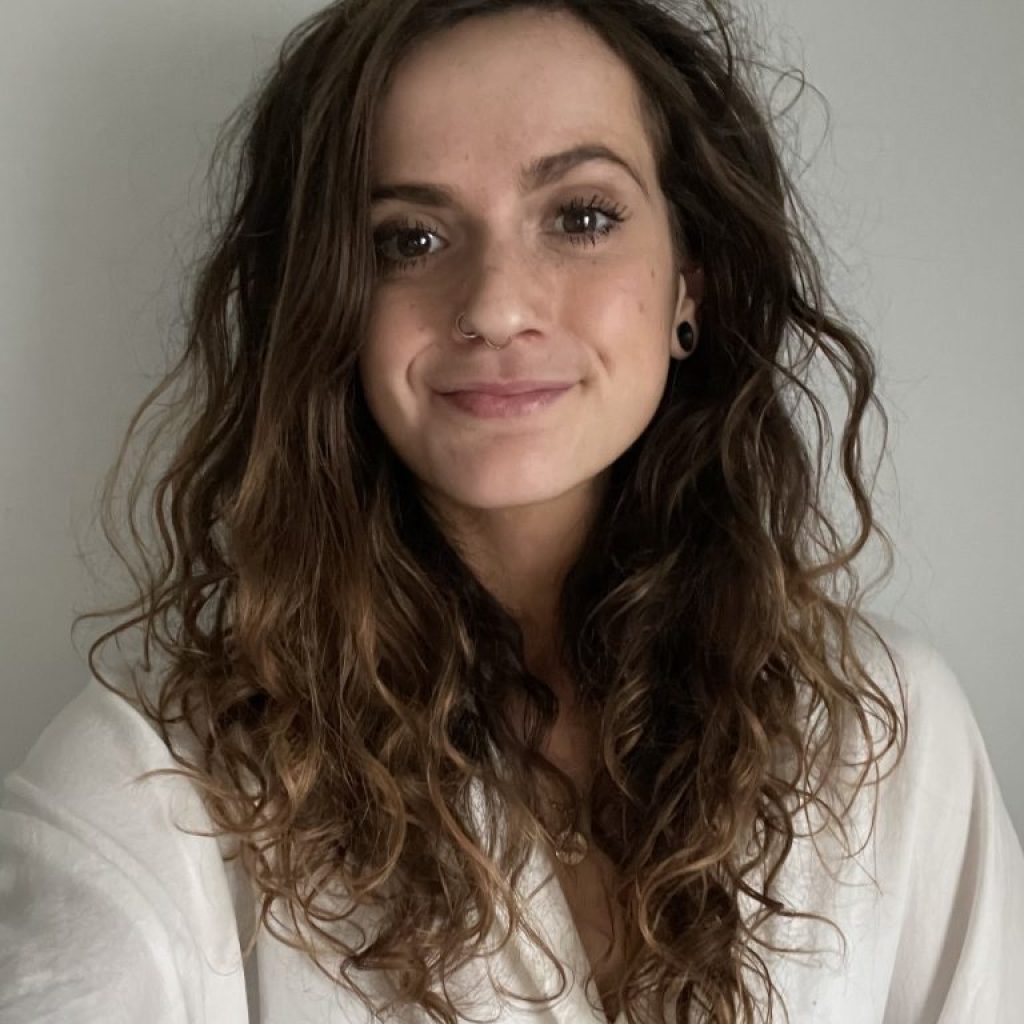
Meet Ellie, Support Specialist for non-malignant brain tumours
Ellie supports anyone affected by a non-malignant brain tumour diagnosis – meningiomas, acoustic neuromas, colloid cysts and more – as well as caregivers and loved ones.
Ellie’s background is in psychology and counselling and she has worked with individuals from a variety of backgrounds and experiences.
“I believe that we have the answers to what we need as individuals inside us, sometimes we just need a hand finding them. A brain tumour diagnosis can be all consuming and make these answers harder to find. I’m here to help you navigate not only what you need as a patient or carer, but as a person.”
Meet our volunteer coaches
Our volunteer coaches have all had first-hand experience of life with a brain tumour, whether that’s as a patient, caregiver, friend or family member. They are qualified coaches volunteering their time to help support people living with a brain tumour and their loved ones to live their best life possible.
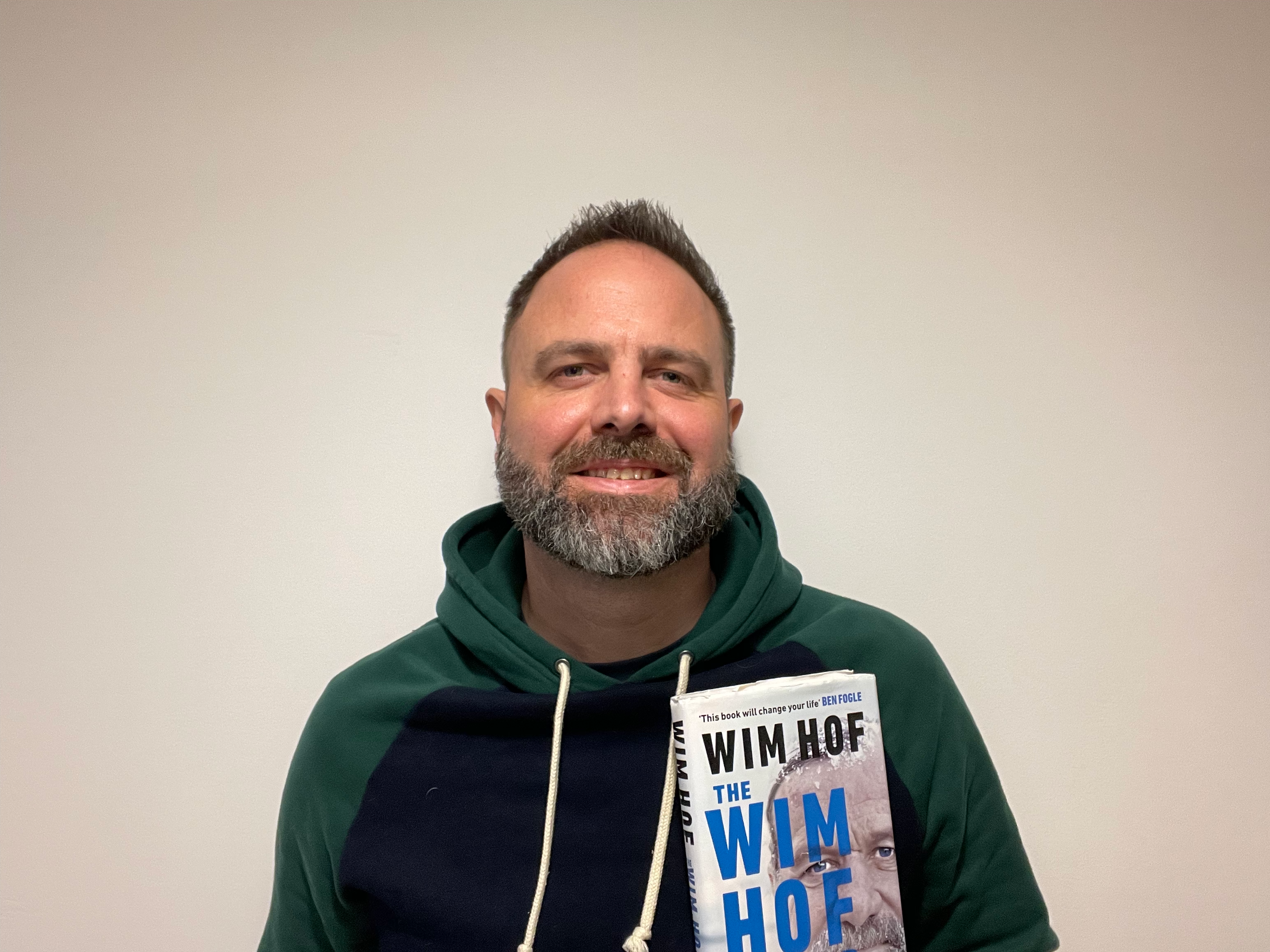
Damon
Hello, my name is Damon and I am the recipient of Terry the Tumour who is an Astrocytoma type 2. He’s been with me for quite a few years, but I wasn’t aware of this until December 2019 when he showed up on a scan!
It turns out that my brain tumour diagnosis was just the nudge I needed to make me think about my life and move me into positive action to embark on a year long in-depth coaching programme that would allow me to move out of recruitment and into coaching, helping people with mindset, self belief and confidence. I am now in a profession that i love and really fulfils me.
I am a volunteer at brainstrust because firstly, I am ready to give back to the community and would love to support others and empower them to thrive, and secondly because I love what brainstrust is all about – thriving not surviving sums it up for me…..very positive, empowering and about living life!

Jo
I have worked in the NHS as a nurse for 35 years and I have been a coach for 12 years Following my recent diagnosis with an Acoustic Neuroma and having to navigate through the NHS system I realised I have some skills to share as a coach.
I decided to start coaching when I was a matron in a busy surgical department. I realised that it will help to get the best out of my team. I needed to support them and coach them to be the best they could be. This led me to look at how a team works, how to be resilient and how to be inclusive.

Debbie
Before you join your first session…
Before you join your first session we recommend that you take a quick look at the FAQ’s below to make sure that your browser is compatible with the Thrive coaching platform.
What browser works best with the platform?
The platform will work best if your browser is up to date and has its cache cleared regularly. Here are the minimum browser versions for the platform to work effectively:
- Chrome – latest version
- Firefox – latest version
- Microsoft – latest version
- Safari – latest version
Use the following resource to check the browser version you are using: What browser am I using?
You can also check what the latest version is of your browser here: What is the latest version of my web browser?
Please accept any pop-ups that appear about camera and microphone access when you access the site so that your sessions can run smoothly.





